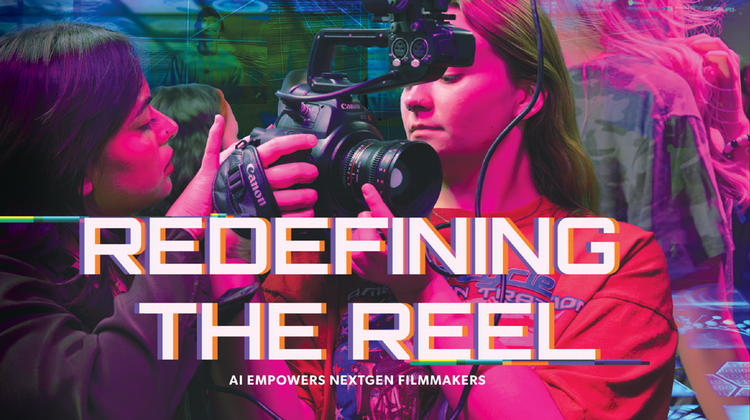Who ‘Murdered’ President Quintanilla? Criminal Justice Department Hosts Live Crime Scene Demo
Crime Scene Live Demonstration
Texas A&M University-Corpus Christi hosted a “Crime Scene Live Demonstration” on April 11 in the Mary and Jeff Bell Library. This year’s “victim” was Dr. Kelly M. Quintanilla, University President and CEO. The set-up demonstrated how to work a scene, from police investigation through the crime lab, and into the courtroom. The live demo was an interdisciplinary affair involving faculty and students from criminal justice, biomedical sciences, theatre and the Bell Library.
CORPUS CHRISTI, Texas – Crime and intrigue permeated the air at the Mary and Jeff Bell Library on April 11, as students were welcomed by a gruesome scene: weapons, blood and personal effects scattered across the ground and a woman – dead – at the table in the center of it all. The ‘victim’ looked as if her throat was cut. It would be a horrifying scene – if it were real.
Thankfully, no crime was committed. The scene was staged by the Texas A&M University-Corpus Christi Department of Criminal Justice to demonstrate the typical workings of a crime investigation, from the police’s arrival to the scene, through the crime lab and into the courtroom. After the scene was set, those in the audience were invited to use clues and interrogate suspects to deduce the perpetrator.
“When students participate in events like this they literally get their hands dirty,” said Dr. Wendi Pollock, assistant professor of criminal justice and main coordinator of the event. “Criminal justice isn’t something you just read in a textbook. If you can see it, touch it, ask questions and really work through your thoughts, it’s something that enhances your skillset.”
The live crime scene demo is a second annual event. This year was special because it was the first to include an actual ‘dead body’ complete with realistic wounds applied by theatre students and faculty. Blood splattered across the scene was compliments of students and faculty from biomedical sciences and criminal justice. When asked to participate as the ‘victim,’ Dr. Kelly M. Quintanilla, University president and CEO, was more than happy to oblige.
“I have challenged faculty, first as provost, and now as president, to engage in high-impact practices, and this is a classic example,” President Quintanilla said. “The more our departments work together, the better it trains our students to be experts when they leave this campus.”
High-impact educational practices are those that go above and beyond what is taught in a traditional classroom setting. They strive to provide students with a more visceral and hands-on perspective to curriculum. The crime scene demo also allowed criminal justice students to take a different approach when thinking about crime, one they may have never considered before.
“I have been involved in criminal justice for about 13 years and I’ve never actually set-up a scene,” said Seanne Morris, senior criminal justice major who helped with the staging. “It was neat to think backwards, so instead of coming onto the scene and trying to deduce what happened, I got to say ‘how do I place things so others can use the clues to figure out what happened?’”
Once the scene ended, faculty and students explained to audience members about the interdisciplinary nature of the event.
“It’s important to give people, even if they’re just passing by, some knowledge about criminal justice, biomedical sciences, theatre and psychology, because knowledge is powerful,” Pollock said. “This crime scene reflects the willingness of our campus community to come together and support one another.”
So who ‘murdered’ President Quintanilla? Turns out, it was the unassuming Dr. Beth Rauhaus, assistant professor of public administration, showing students that you can’t judge a book by its cover.





































